Frequent accidents are commonly hitting the headlines nowadays due to the moment that the driver is careless. Mostly the accidents are common during night time due to the drowsiness of the driver. Adopting this as a major issue the evaluation of Brain Computer Interface technology leads to develop a drowsiness detecting system based on EEG signals. The main objective of this project is to develop a real-time, nonintrusive, and accurate drowsiness detection based on physiological signal detection technique. The proposed system consists of a wireless physiological signal-acquisition module and an embedded signal-processing module. The signal-acquisition module acquires the EEG signal through electrodes placed on the scalp of the human head. This acquired signal is amplified and filtered. The Median filter is used and for classification the k means clustering is used. For feature extraction the Auto Regression method is used. By using the processor the decision making will be done. The warning tone will be produced while the drowsiness state occurs.
Keywords |
| Physiological Signal Acquisition Embedded Signal Processing, Wireless BCI System. |
INTRODUCTION |
| Drowsiness in drivers has been implicated as a causal factor in many accidents because of the marked decline in
drivers’ perception of risk and recognition of danger, and diminished vehicle-handling abilities. The National Sleep
Foundation (NSF) reported that 51% of adult drivers had driven a vehicle while feeling drowsy and 17% had actually
fallen asleep. Therefore, real-time drowsiness monitoring is important to avoid traffic accidents. Previous studies have
proposed a number of methods to detect drowsiness. They can be categorized into two main approaches. The first
approach focuses on physical changes during fatigue, such as the inclination of the driver’s head, sagging posture, and
decline in gripping force on the steering wheel. The movement of the driver’s body is detected by direct sensor contacts
or video cameras. Since these techniques allow noncontact detection of drowsiness, they do not give the driver any
discomfort. This will increase the driver’s acceptance of using these techniques to monitor drowsiness. However, these
parameters easily vary in different vehicle types and driving conditions. The second approach focuses on measuring
physiological changes of drivers, such as eye activity measures, heart beat rate, skin electric potential, and electro
encephalographic (EEG) activities. It is reported that the eye blink duration and blink rate typically are sensitive to
fatigue effects. Further the eye-activity-based methods are compared with EEG-based methods for alertness estimates
in a compensatory visual tracking task. In this a real-time wireless EEG-based brain–computer interface (BCI) system
for drowsiness detection is proposed. |
| The proposed BCI system consists of a wireless physiological signal-acquisition module and an embedded signalprocessing
module. Here, the wireless physiological signal-acquisition module is used to collect EEG signals and
transmit them to the embedded signal-processing module wirelessly. It can be embedded into a headband as a wearable
EEG device forlong-term EEG monitoring in daily life. The embedded signal processing module, which provides
powerful computations and supports various peripheral interfaces, is used to real-time detect drowsiness and trigger a
warning tone to prevent traffic accidents when drowsy state occurs. However, it is well known that the individual variability in EEG dynamics relating to drowsiness from alertness is large. The same detection model may not be
effective to accurately predict subjective changes in the cognitive state. Therefore, subject-dependent models have also
been developed to account for individual variability. Although subject-dependent models can alleviate the influence of
individual variability in EEG spectra, they still cannot account for the cross-session variability in EEG dynamics due to
various factors, such as electrode displacements, environmental noises, skin-electrode impedance, and baseline EEG
differences. This paper is organized as follows. The system architecture of the proposed BCI system was illustrated in
Section II. Simulation Result for the proposed system is in Section III. The comparison between the proposed BCI
system and other BCI system, and the reliability of the proposed system for drowsiness detection are investigated in
Section IV. In Section V, the conclusion is drawn. |
SYSTEM ARCHITECTURE |
| The basic scheme of the proposed EEG-based BCI system is shown in Fig.1. The system consists of a wireless
physiological signal-acquisition module and an embedded signal-processing module. First, the EEG signal will be
obtained by the EEG electrode, and then amplified and filtered by the EEG amplifier and acquisition unit. Next, the
EEG signal will be pre-processed by the microprocessor unit and transmitted to the embedded signal processing
module via a wireless transmission unit. After receiving the EEG signal, it will be monitored and analyzed by our
drowsiness detection algorithm implemented in an embedded signal-processing unit. If the drowsy state is detected, the
warning device will be triggered to alarm the driver. |
| The proposed system analyzes the ERP for EEG signal. Event-related potentials (ERPs) are the changes in the on-going
electroencephalogram (EEG) due to stimulation (e.g. tone, light flash, etc.). Due to the low amplitude of ERPs,
responses to several stimuli are averaged in order to distinguish them from the background EEG. The acquisition unit
includes an Instrumentation Amplifier, a Median filter for smoothing the signal, and an analog-to-digital converter
(ADC), which is designed to amplify and filter the EEG signal. Feature Extraction and Classification methods plays
important role in Drowsiness detection system. For Feature Extraction the Auto Regression method is
used.AR model is a representation of a type of random process it describes certain time-varying processes in nature.
The autoregressive model specifies that the output variable depends linearly on its own previous values. For
Classification the K-means clustering is used. K-means is one of the simplest unsupervised learning algorithms that
solve the well- known clustering problem. |
| The procedure follows a simple and easy way to classify a given data set through a certain number of clusters (assume
k clusters) fixed a priori. The main idea is to define k centroids, one for each cluster. The 12 bit ADC (Analog to
Digital Converter) is used to give the digital output to the Microcontroller unit for decision making. The Instrumentation Amplifier will increase the SNR value because normally the signal from physical world having the low
SNR value. The median filter with filter length of 3, and 1Hz low cut off frequency, 32 Hz high cut off frequency is
used. The other method for feature extraction is Wavelet Decomposition. The frequency content of EEG signal
provides useful information than time domain representation. The wavelet transform gives multi-resolution description
of a non-stationary signal. EEG is non-stationary signal so Wavelet is well suited. At high frequencies it represents
good time resolution and for lower frequencies it represents good frequency resolution. |
| FLOW CHART OF THE SYSTEM |
| The proposed system acquires the EEG signal through the electrodes placed on the scalp of the human head. Then the
signal will be pre-processed using Amplifier and Filter circuits. The Alpha and the Theta Rhythm is extracted. Based
on the Extracted signal the threshold detection is done using microcontrollers. If Drowsy state is detected the warning
device is used to give the alert signal. |
| EEG SENSOR |
| The EEG sensor detects the small electrical voltages that are generated by brain cells (neurons) when they fire.
Similarly to muscle fibers, neurons of different locations can fire. The frequencies most commonly looked at, for EEG,
are between 1 and 40 Hz. The EEG sensor records a “raw” EEG signal, which is the constantly varying difference of
potential between the positive and negative electrode. |
| PRE-PROCESSING OF EEG SIGNAL |
| Pre-processing includes the pre-amplification and filtering of EEG signal. The amplification module is required to
amplify the small potential from EEG sensor to the acceptable level. The pre-amplifier should include the signal
conditioning circuit which has the filtering circuit. |
| MICROCONTROLLER CIRCUIT |
| Micro controller is a standalone unit, which can perform functions on its own without any requirement for additional
hard ware like I/O ports and external memory. It is also called as ‘computer on chip’. Microcontrollers are destined to play an increasingly important role in revolutionizing various industries and influencing our day to day life more
strongly than one can imagine. By using the extracted Alpha and Theta signal the microcontroller make decision on the
input signal i.e. whether the incoming signal is in drowsy state or not. |
SIMULATION RESULTS |
| The real EEG data is collected and by using the EEGLAB which is the open source toolbox, the data is analyzed. The
EDF browser is used to get the parameter values of the EEG signal. Different datasets are created by using these
parameter values. The simulation is done in MATLAB 2012a.EEGLAB is an interactive MATLAB toolbox for
processing continuous and Event-Related EEG, MEG and other Electrophysiological data using Independent
Component Analysis (ICA), Time/Frequency Analysis, and other methods including Artifact Rejection.There are two
methods analyzed in this Paper. The first method generates the EEG signal using MATLAB and analyses using K
means clustering. The second method focuses on WaveletDecomposition which gives the better results than the first
method. |
| The EEG Signal |
| The EEG signal is generated in MATLAB codings. EEG signal duration is 600ms, with sampling frequency of
250Hz.There are two components generated i.e. White Noise and Auto Regressive component. The AR coefficients for
on-going signal are generated. The component type is positive and negative Gaussian. |
| The ERP duration is in the range of [165,240] ms and ERP position is in the range of [10, 25]. The pure data without
on-going activity is also generated. |
| RESULTS BY WAVELET DECOMPOSITION |
| There is another simulation result which is based on the Wavelet Decomposition. The frequency content of EEG signal
provides useful information than time domain representation. The wavelet transform gives the multi-resolution
description of a non stationarysignal, hence wavelet is suited for EEG signal. At high frequencies it represents a good
time resolution and for lower frequencies it represents better frequency resolution. The multi scale feature of the
wavelet allows the decomposition of a signal into a number of scales, each scale representing a particular coarseness of
the signal A wavelet is a mathematical function used to divide a given function or continuous-time signal into
different scale components. The EEG signal is generated with 15 Hz of frequency and 250 Hz of sampling frequency.
By using wavelet decomposition the components of EEG signal is separated. |
| The decomposition of the signals leads to a set of coefficients called wavelet coefficients. The wavelet coefficients
were computed in the order db8 because its smoothing features are more suitable to detect changes in EEG signal. The
extracted coefficients provide a compact representation that shows the energy distribution of the EEG signal in time
and frequency bands. Therefore, the approximation wavelet coefficients of the EEG signal were used as the feature
vectors representing the signals. |
| Hence the two methods gives the effective result in Extraction of the EEG signal.The first method takes the elasped
time of 25.6029 seconds and the wavelet decomposition method takes the elasped time of 24.056 seconds. When
compared to the two methods the wavelet decomposition can give the effective feature extraction. For classification the
Neural Network Toolbox is used. The Network Design and Specifications is given in Table 1. |
| CLASSIFICATION METHODOLOGY |
| The classifier proposed for classification of the EEG signals was implemented by MATLAB 2012 software
package.For classification the Neural Network Toolbox is used. The Network Design and Specifications is given in Table 1.Based on the extracted signal the Feed Forward neural network is trained. Whenever the Drowsiness state is
occurred, it is detected and the warning tone will be produced. |
| Here the Alpha,Beta,Delta and Gamma signals are classified after Feature Extraction. This result is used to train the
neural network (Feed Forward). |
COMPARISION WITH EXISTING METHOD |
| There are different methods based on different classification and feature extraction techniques.The proposed method
can accurately classify and extract the Alpha and Theta Rhythm.The difference between the existing and proposed
method is shown in the table 4.1. |
| The Existing system uses the Low pass filter with 32 Hz of cut off frequency. For Feature extraction the Auto
Regressive model is used. For classification the Mahalanobis Distance is calculated. Depending upon the result
calculated the drowsiness detection algorithm is used to trigger the warning device. |
CONCLUSION |
| In this project the Drowsiness Detection System is developed and that detects the Driver's Drowsiness in time by a
processing circuit that processes an EEG (Electroencephalogram) signal. In order to develop this accident prevention
system, the present invention includes an EEG detection circuit, a micro-control circuit and a processing circuit. The
previous methods include many modules and more computations for extracting the EEG signal. The proposed system
can be configurable for different application areas. The classification accuracy is improved when compared to previous
methods. When compared to other methods the physiological signal measure is portable, wearable and has high
temporal Resolution. But the limitation is the placement of electrode and the amplifier design. The small signal
amplification is always difficult problem. So in future different amplifier designs can be implemented but the limitation
is cost of the design. The advantages of portable and wearable proposed system are suitable for all automobile
applications. This system is feasible for further extension. |
Tables at a glance |
 |
 |
| Table 3.1 |
Table 4.1 |
|
| |
Figures at a glance |
 |
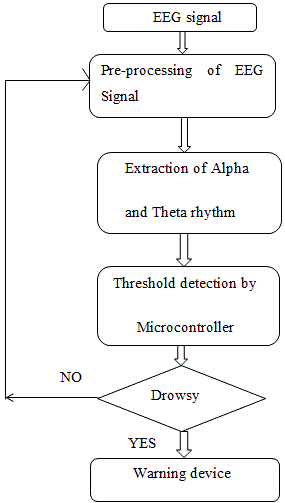 |
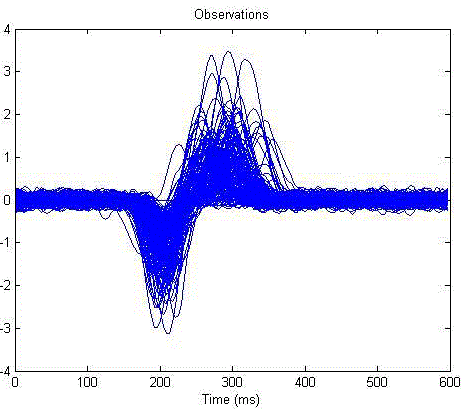 |
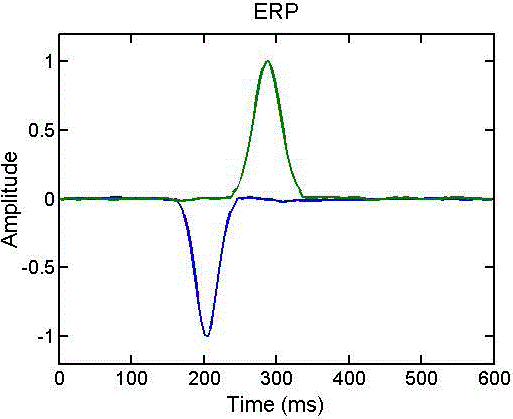 |
| Figure 1.1 |
Figure 1.2 |
Figure 2.1 |
Figure 2.2 |
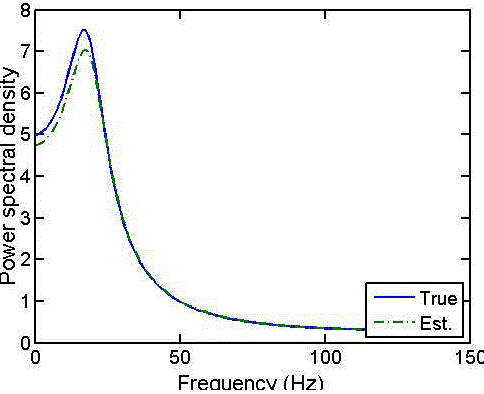 |
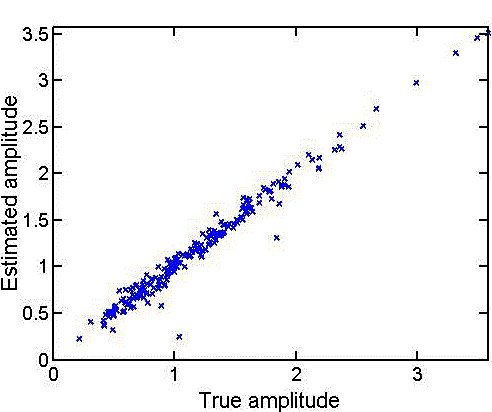 |
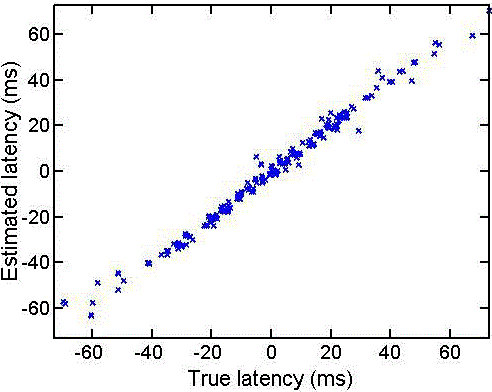 |
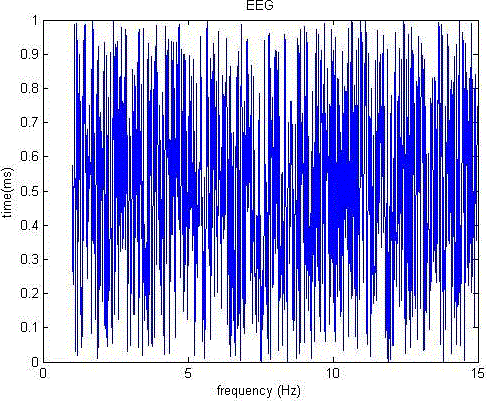 |
| Figure 2.3 |
Figure 2.4 |
Figure 2.5 |
Figure 2.6 |
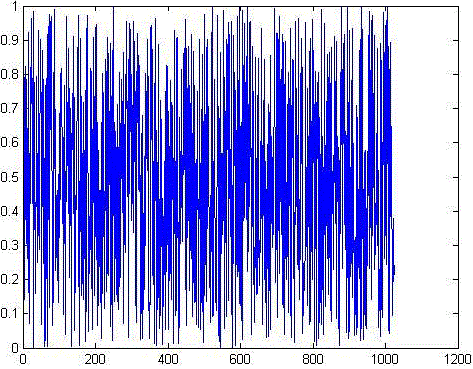 |
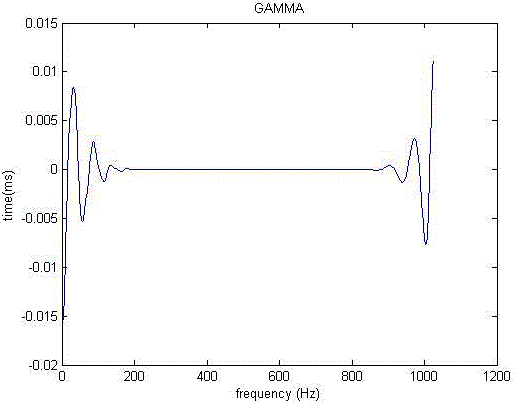 |
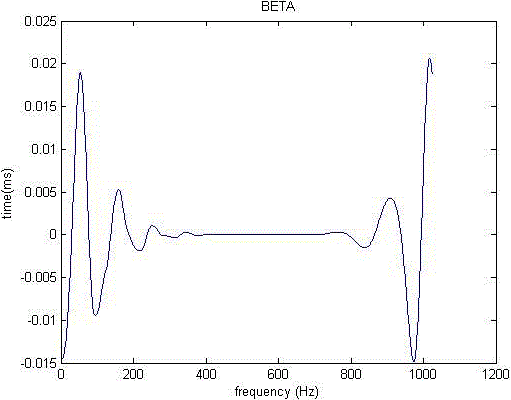 |
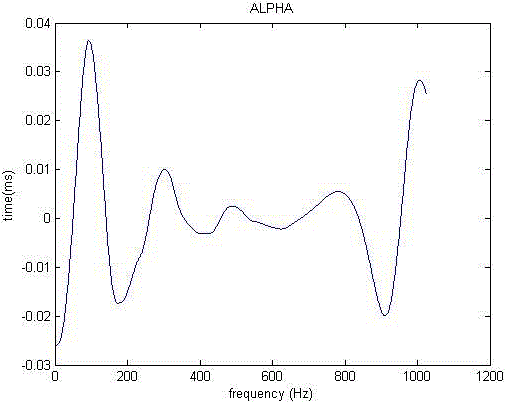 |
| Figure 2.7 |
Figure 2.8 |
Figure 2.9 |
Figure 2.10 |
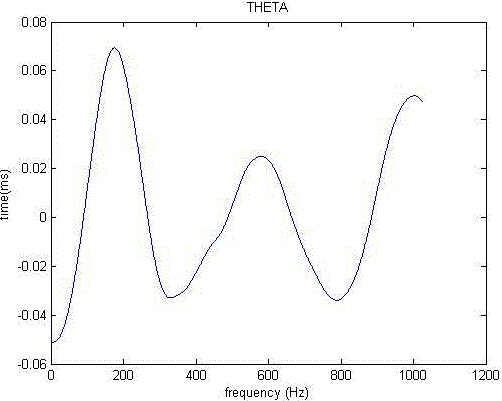 |
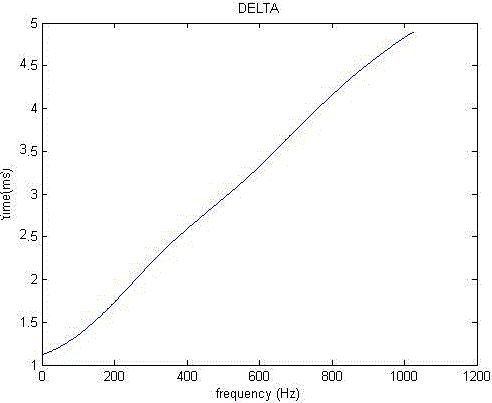 |
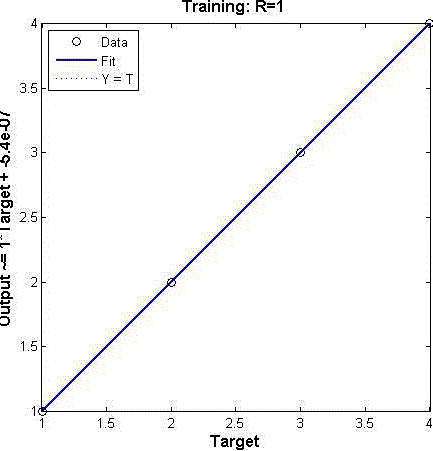 |
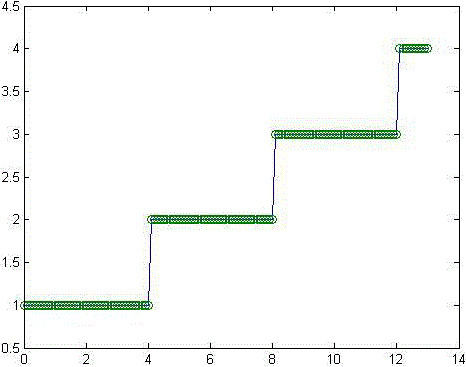 |
| Figure 2.11 |
Figure 2.12 |
Figure 2.13 |
Figure 2.14 |
|
| |
References |
- Chin-Lin Ko1,2 (2009)”Wearable and Wireless Brain-Computer Interface and Its Applications” Springer-Verlag Berlin Heidelberg 2009.
- Chin-Teng and Li-Wei Ko, (2006) “Adaptive EEG-Based Alertness Estimation System by Using ICA-Based Fuzzy Neural Networks” IEEE Transactions On Circuits And Systems: Regular Papers, Vol. 53, No. 11, November 2006.
- A. Eskandarian and A. Mortazavi, “Evaluation of a smart algorithm for commercial vehicle driver drowsiness detection,”Symp., 2007
- M. J. Flores, J. M. Armingol, and A. Escalera, “Real-time drowsiness detection system for an intelligent vehicle,”2008
- H. J. Eoh, M. K . Chung, and S. H. Kim, “Electroencephalographic study of drowsiness in simulated driving with sleep deprivation”
- C. T. Lin, R. C. Wu, S. F. Liang, W. H. Chao, Y. J. Chen, and T. P. Jung, “EEG-based drowsiness estimation for safety driving using independent component analysis”.
- H. Su and G. Zheng, “A partial least squares regression-based fusion model for predicting the trend in drowsiness,” IEEE, 2008.
- Dipti (2013)”Classification of EEG signal under different mental tasks using Wavelet Transform and Neural network with one step secant algorithm”. ISSN vol 2
|